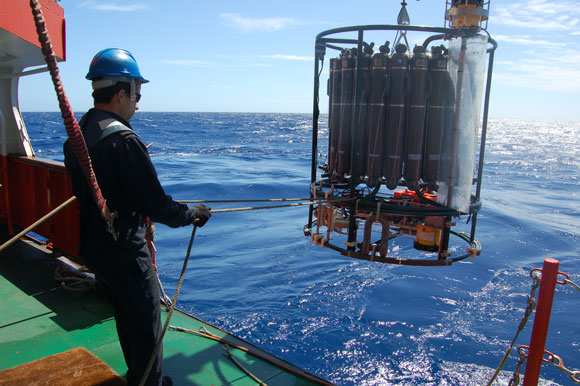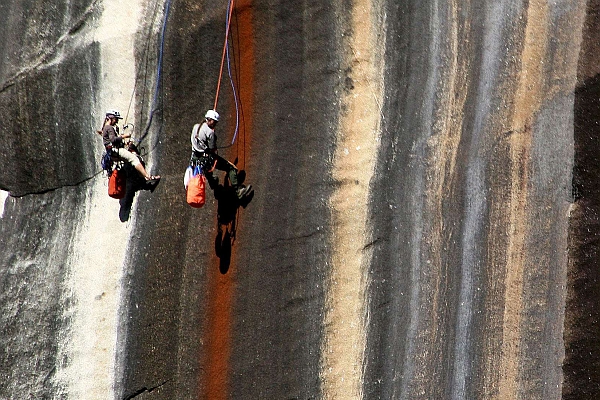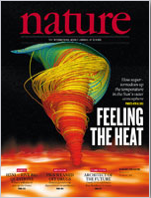 The e-mails were arriving in Pete Kissinger’s inbox almost every day: “TODAY ONLY: Extra 25% Off … Craft your R01 Grants Management … Only 1 Day Left.” They were from consultants trying to charge him to do something that scientists have long done for themselves: search for research-grant opportunities, write proposals and, in some cases, manage the grant once it has been won. Eventually, Kissinger’s curiosity got the better of him.
The e-mails were arriving in Pete Kissinger’s inbox almost every day: “TODAY ONLY: Extra 25% Off … Craft your R01 Grants Management … Only 1 Day Left.” They were from consultants trying to charge him to do something that scientists have long done for themselves: search for research-grant opportunities, write proposals and, in some cases, manage the grant once it has been won. Eventually, Kissinger’s curiosity got the better of him.
Tag Archives: Careers
Field hospitality
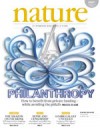 Early in his career, Paul Olsen sat in front of a television, expecting to see his own image. He had hosted a television crew on a research expedition to Manicouagan Crater in Canada, where he and his team were investigating the Triassic–Jurassic boundary in the geological record. Olsen, a palaeontologist at Lamont–Doherty Earth Observatory of Columbia University in Palisades, New York, had spent hours explaining and re-explaining for the camera how scientists used the site to reconstruct ancient ecologies. As the opening credits rolled, Olsen wondered how he would come across on the small screen.
Early in his career, Paul Olsen sat in front of a television, expecting to see his own image. He had hosted a television crew on a research expedition to Manicouagan Crater in Canada, where he and his team were investigating the Triassic–Jurassic boundary in the geological record. Olsen, a palaeontologist at Lamont–Doherty Earth Observatory of Columbia University in Palisades, New York, had spent hours explaining and re-explaining for the camera how scientists used the site to reconstruct ancient ecologies. As the opening credits rolled, Olsen wondered how he would come across on the small screen.
Fieldwork: Close quarters
In the scientists’ lounge aboard the BIO Hespérides one evening last March, Jordi Dachs points at the schedule for the next day’s oceanographic observations. The Spanish research vessel is chugging across the Indian Ocean at a speed of about ten knots. “The storm has put us seven hours behind,” warns Dachs, an environmental chemist at the Institute of Environmental Assessment and Water Research in Barcelona, Spain, whose responsibilities as chief scientist on the ship include planning researchers’ time and instrument use. About two dozen scientists brace themselves against the rhythmic pitching of the vessel. “We might not lower the sampling rosette all the way on some days,” says Dachs, “to save time.”
His suggestion fills the room with tension. Lowering and retrieving the rosette can take many hours, but the water samples it retrieves from the ocean’s depths — as much as 4 kilometres down — hold the biggest potential for new discoveries. Sampling excursions in the Indian Ocean’s deep waters are relatively rare, making the samples particularly valuable.
Collaborating with Citizen Scientists
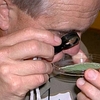 Climbing one of the world’s biggest granite walls is different from climbing trees, as National Park Service botanist Martin Hutten discovered while dangling from a cliff in the spray of Vernal Falls high above the Yosemite Valley. Hutten apprenticed in the logging industry before he started graduate school, so he new how to climb trees. “I could trust myself to a rope,” he recalls, “but I’d definitely never hung off a cliff or collected [samples] from a cliff.”
Climbing one of the world’s biggest granite walls is different from climbing trees, as National Park Service botanist Martin Hutten discovered while dangling from a cliff in the spray of Vernal Falls high above the Yosemite Valley. Hutten apprenticed in the logging industry before he started graduate school, so he new how to climb trees. “I could trust myself to a rope,” he recalls, “but I’d definitely never hung off a cliff or collected [samples] from a cliff.”
